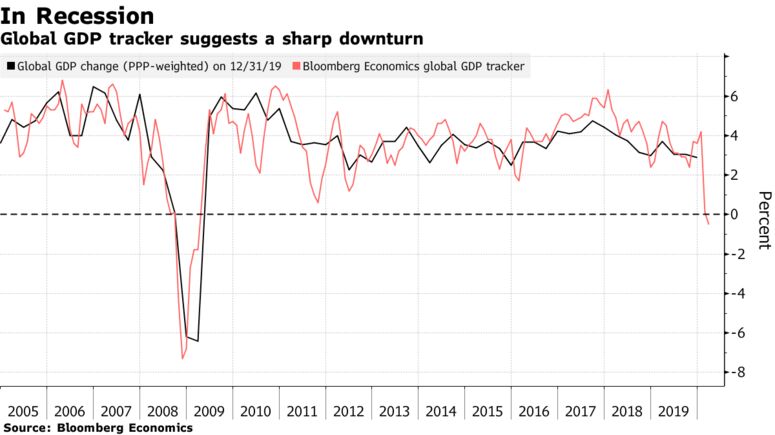https://www.nytimes.com/2020/04/08/health/coronavirus-cdc-demographic-study-hospitalizations.html
-- via my feedly newsfeed
text only:
On March 1, there were 88 confirmed cases of the coronavirus in the United States. By month's end, there were more than 170,000. The Centers for Disease Control and Prevention has compiled data on people who were hospitalized from the virus during that month to get a clearer demographic picture of infected patients who have required the most serious medical care.
The study, released Wednesday, found that older people infected with the virus were more likely to be hospitalized; men were more likely to endure severe cases than women; and black people were hospitalized at a higher rate than whites. The study also found that hospitalization rates for Covid-19 have been significantly higher than for recent outbreaks of influenza.
The data, based on hospitalizations from March 1 to 30, was taken from a network of hospitals in parts of 14 states, including New York, Connecticut, California and Ohio. The area studied includes only about 10 percent of the overall population of the United States, but is seen as a representative snapshot of the virus's spread and the demographic breakdown of patients.
"There have been a lot of questions swirling about testing and what is the actual burden of the disease in the population," said Charles Branas, a professor of epidemiology at Columbia University, who did not participate in the study. "By the time it gets to hospitals, that is a really nice way to gauge the burden of the disease."
ADVERTISEMENT
Continue reading the main story
The C.D.C. uses information on hospitalizations to help public health officials better understand the evolving epidemiology of a disease, and to help in the planning and prioritization of health care resources.
Latest Updates: Coronavirus Outbreak in the U.S.
The United States is on track to surpass Italy with the number of confirmed deaths from the coronavirus.
New York City schools closed through end of academic year
Prohibit Easter church services? Some governors offer guidance, not orders.
See more updates
Updated 27m ago
More live coverage: Global Markets New York
On Wednesday, the C.D.C. also announced new guidelines outlining how employees who are considered essential by their employers but who have been exposed to people infected by the virus can go back to work. The guidelines apply to workers who do not feel sick and are able to follow certain precautions.
Refer your friends to The Times.
Such workers can return to work if they take their temperature before heading to their workplace, wear a face mask at all times and practice social distancing while on the job, Dr. Robert Redfield, the C.D.C. director, said at the White House coronavirus briefing. While at work, they should not share headsets or other objects that touch their face, and they should not congregate in break rooms or crowded places, he added.
Dr. Redfield said that employers should send workers home immediately if they developed any symptoms. He also said they should increase air exchange in their buildings, and should clean common surfaces more often. The goal, he said, is to "get these workers back into the critical work force so that we don't have worker shortages." In its report on hospitalization data, the agency cautioned that the findings about Covid-19 were preliminary, with the number of cases expected to increase considerably as the virus continues to spread and as testing becomes more available. Also, the data does not reflect the surge of cases during the first week of April, straining hospitals in places like New York, New Jersey, Louisiana and Michigan.
But the numbers reflected trends that were reported from other countries at earlier stages of the outbreak. The C.D.C. received information about possible underlying medical conditions in a subset of 180 patients. Approximately 90 percent of those patients had one or more underlying conditions. The most common of those was hypertension, in 49.7 percent of patients, followed by obesity, chronic metabolic disease (like diabetes), chronic lung disease (like asthma) and cardiovascular disease.
ADVERTISEMENT
Continue reading the main story
In terms of age and gender, 74.5 percent of patients were 50 or older, and 54.4 percent were male.
18
Covid-19 hospitalization rates
per 100,000 population
16
14
12
10
8
6
4
2
Age 0–4
5–17
18–49
50–64
65–74
75–84
85+
By The New York Times | Source: C.D.C. data from 14 states
The report also shows that, while the highest overall percentage of hospitalized patients were white (45 percent), the percentage of black patients (33 percent) was much higher than the percentage of African-Americans in the population as a whole. In the geographical areas covered by the study, 59 percent of the population is white, the report said, and 18 percent is black, "suggesting that black populations might be disproportionately affected by Covid-19."
In the included region, men generally represent 49 percent of the population and women 51 percent, which effectively further widens the disproportionate percentage of men requiring hospitalization.
The report emphasized that its findings would need to be confirmed by more data.
Over all, 4.6 people per 100,000 have been hospitalized in the area studied. But the rate jumped to 13.8 per 100,000 for people 65 and older, which the C.D.C. found was higher than the rates for recent influenza patients. The study compared data from the first four weeks of the past five seasons of influenza, and found those hospitalization rates ranged from 0.1 per 100,000 people between the ages of 5 to 17, up to between 2.2 and 5.4 for people 85 and older. For Covid-19, the hospitalization rate for patients 85 or older is 17.2 per 100,000.



